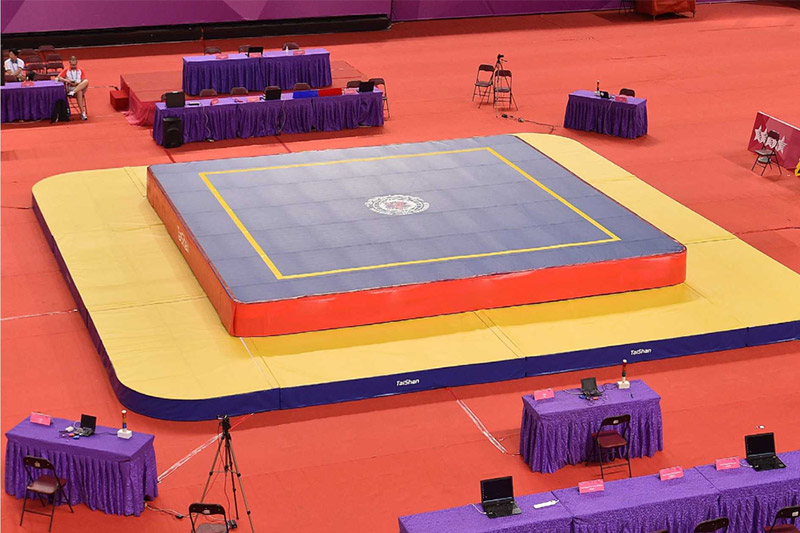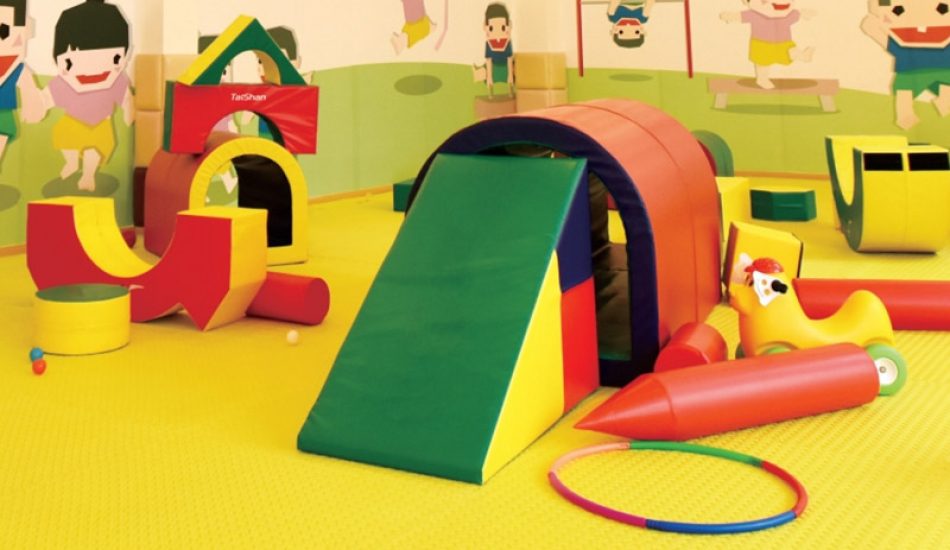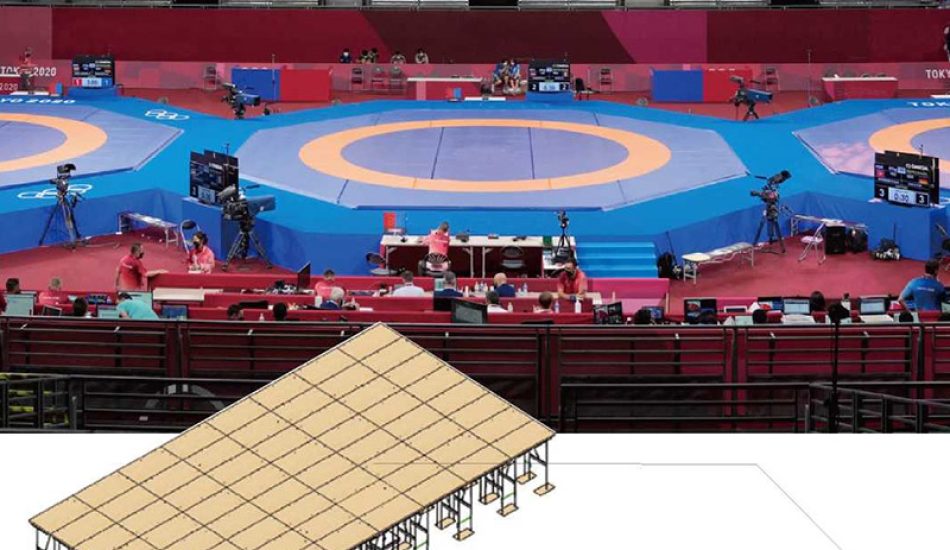
With advances in technology and growing environmental awareness, the sports equipment industry is undergoing profound changes. Technology innovation and sustainability are becoming the two key drivers of its future development.
First, smart products are becoming more prevalent. From smart treadmills to basketballs equipped with sensors, these products can track real-time data and provide users with scientific training guidance. Smart devices not only enhance the workout experience but also use big data analysis to help users better plan their fitness routines. In the future, more sports equipment may incorporate artificial intelligence, such as adaptive training machines that automatically adjust resistance or angles based on the user’s movements and physical condition.
Second, the use of eco-friendly materials is on the rise. Traditional plastics and rubbers are being replaced by recyclable materials, such as running shoes made from recycled plastics or yoga mats made from natural rubber. These materials not only reduce environmental pollution but also enhance product functionality and comfort.
Customization services are also emerging as a new market highlight. Thanks to advancements in 3D printing technology, brands can offer highly personalized products to clients. For instance, professional athletes can have custom-made protective gear, while regular consumers can adjust the weight, size, or color of their equipment to suit their preferences.
In the context of globalization, localized production and services are becoming increasingly important. To meet diverse market needs, companies are providing products tailored to different cultural and practical demands. For example, breathable balls designed for tropical regions or specialized ice hockey gear for colder areas.
The future of the sports equipment industry is full of opportunities. With the integration of technology and sustainability, consumers will enjoy smarter, more efficient, and more environmentally friendly products.


